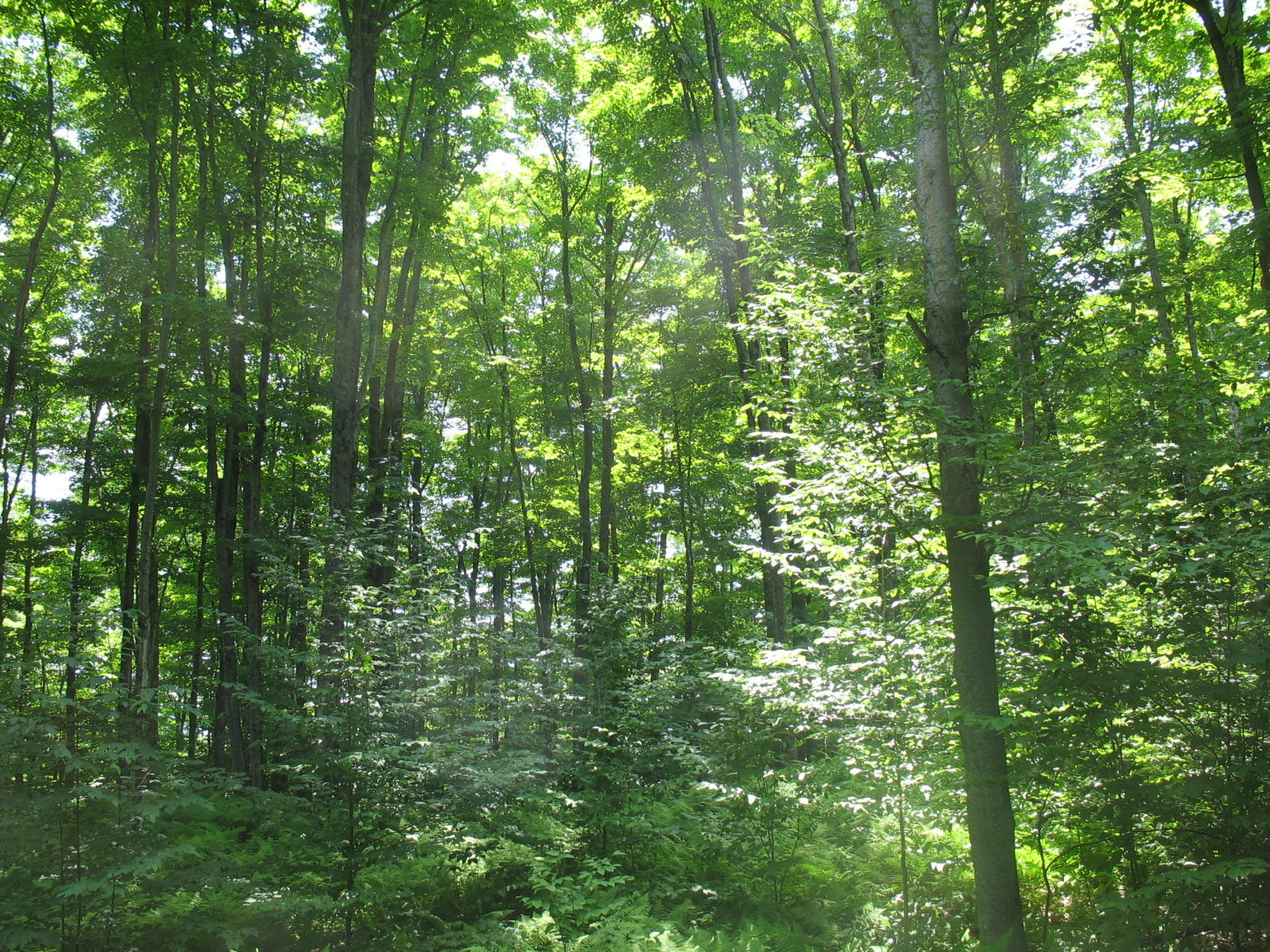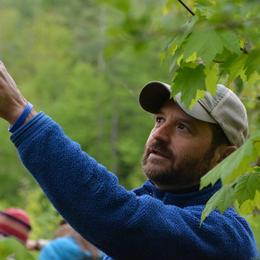Looking for a good place to go birding or simply take a walk in the woods? Vermont’s state-wide network of Town Forests might offer these opportunities and more, including high-quality bird habitat, right in your own community.
The official concept dates back to 1915 when the Vermont legislature passed the Municipal Forest Law, authorizing the purchase of land by towns for the purpose of growing timber and wood. Today, according to the Vermont Urban and Community Forest Program, there are over 67,000 acres of forestland owned by 168 municipalities, all open to the public to enjoy. The values of town forests are diverse and include wildlife habitat, watershed protection, forest products, public recreation, outdoor classrooms and neighborhood gathering places. Town forests in Vermont contribute to the regional landscape by protecting physical and biological diversity, maintaining connectivity between larger patches of forest, and supporting a forest-based economy.

Over the years Audubon Vermont has worked with a number of municipalities to help make sure their Town Forests are managed in ways that maintain and enhance their bird habitat value. Some, like the St. Albans Town Forest and Sterling Forest (Town of Stowe), serve as demonstration sites for and showcase bird-friendly forest management. Timber harvesting at Sterling Forest last winter created small gaps in the forest canopy to promote nesting structure for black-throated blue warbler and foraging habitat for eastern wood-pewee.
Ten Vermont communities recently received grants from the Vermont Urban and Community Forest Program to assist in addressing issues and opportunities in the use and stewardship of their town forest. These communities are Bradford, Hardwick, Hartford, Hinesburg, Huntington, Marshfield, Middlebury, Richmond, Weathersfield, and Woodbury. Each of these communities is going to or has held a public meeting to collect input on how to balance uses within the town forest. To find out when these meetings are being held please contact the respective town clerk’s office. This is your opportunity to share your interest in seeing bird habitat as one of the Town Forest values to be considered when developing a management plan. Let them know that Audubon Vermont is an available resource to assist in that process.
For more information on Town Forests in Vermont and to locate one near you visit the Vermont Urban and Community Forest Program at https://vtcommunityforestry.org/places/town-forests . Check out Audubon Vermont’s forest bird conservation programs at http://vt.audubon.org/conservation/working-lands/forest-bird-initiative-1







